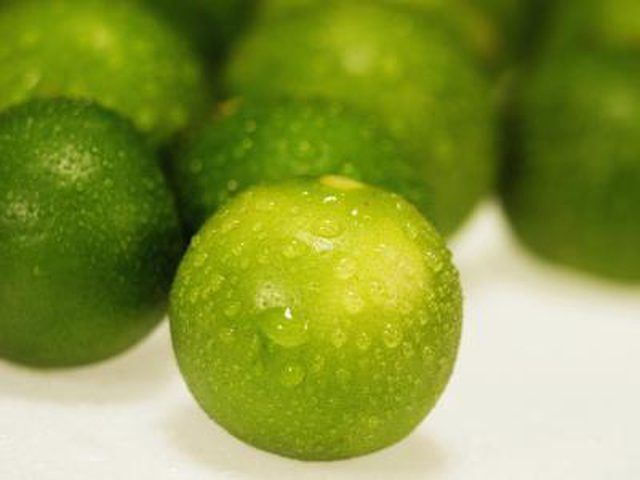Bulbs
Flower Basics
Flower Beds & Specialty Gardens
Flower Garden
Garden Furniture
Garden Gnomes
Garden Seeds
Garden Sheds
Garden Statues
Garden Tools & Supplies
Gardening Basics
Green & Organic
Groundcovers & Vines
Growing Annuals
Growing Basil
Growing Beans
Growing Berries
Growing Blueberries
Growing Cactus
Growing Corn
Growing Cotton
Growing Edibles
Growing Flowers
Growing Garlic
Growing Grapes
Growing Grass
Growing Herbs
Growing Jasmine
Growing Mint
Growing Mushrooms
Orchids
Growing Peanuts
Growing Perennials
Growing Plants
Growing Rosemary
Growing Roses
Growing Strawberries
Growing Sunflowers
Growing Thyme
Growing Tomatoes
Growing Tulips
Growing Vegetables
Herb Basics
Herb Garden
Indoor Growing
Landscaping Basics
Landscaping Patios
Landscaping Plants
Landscaping Shrubs
Landscaping Trees
Landscaping Walks & Pathways
Lawn Basics
Lawn Maintenance
Lawn Mowers
Lawn Ornaments
Lawn Planting
Lawn Tools
Outdoor Growing
Overall Landscape Planning
Pests, Weeds & Problems
Plant Basics
Rock Garden
Rose Garden
Shrubs
Soil
Specialty Gardens
Trees
Vegetable Garden
Yard Maintenance
How to Maintain a Dwarf Key Lime Tree From Bugs
How to Maintain a Dwarf Key Lime Tree From Bugs. Some key lime trees (Citrus aurantifolia) may be kept as houseplants because they do not reach heights greater than 5 feet. When they are kept indoors, usually pests do not attack them. Outdoors, key limes thrive in U.S. Department of Agriculture plant hardiness zones 9 through 11. However, when kept...

Some key lime trees (Citrus aurantifolia) may be kept as houseplants because they do not reach heights greater than 5 feet. When they are kept indoors, usually pests do not attack them. Outdoors, key limes thrive in U.S. Department of Agriculture plant hardiness zones 9 through 11. However, when kept outdoors, they are even more susceptible to attack from mealybugs, spider mites, scales, aphids, thrip and the same pests as other citrus trees. Whether they are kept indoors or outdoors, key lime trees are not attacked if they are given proper care and preventive measures are taken.
Things You'll Need
Copper wire
Strip of heavy paper
Sticky insect barrier
Horticultural oil
Spray the foliage with a strong, stiff jet of water when a noticeable amount of dust accumulates during the growing season. Accumulated dust is detrimental to beneficial insects that get rid of pests. A forceful spray of water removes existing pests.
Wrap a 4-inch wide band of copper wire around the base of the tree trunk. Copper wire will deter garden snails. Wrap the wire tight enough that snails do not creep underneath but not so tight that it cuts into the bark. Check the wire once a month to make sure it does not get too tight around a growing trunk.
Prune low-hanging branches touching the ground or other structures flush with the collar in winter or early spring. Ants, which are harmful to beneficial insects, may climb low-hanging branches. Keep the bottom 10 to 12 inches of the tree trunk clear of sprouts to prevent attracting citrus leafminer.
Wrap a strip of heavy paper around the tree trunk. Apply a sticky insect barrier on the paper. Check the insect barrier occasionally to see if it needs replacing. Sticky insect barriers help prevent ants from climbing up the tree trunk.
Spray horticultural oil to a new flush of leaves, when they are about 1/2 to 1 inch long. Horticultural oils differ, so read the product label for the correct strength and timing. On average, the best time to spray horticultural oil is on a cool, cloudy morning. Horticultural oil will protect the tree from citrus leaf miner and suffocate any pests.